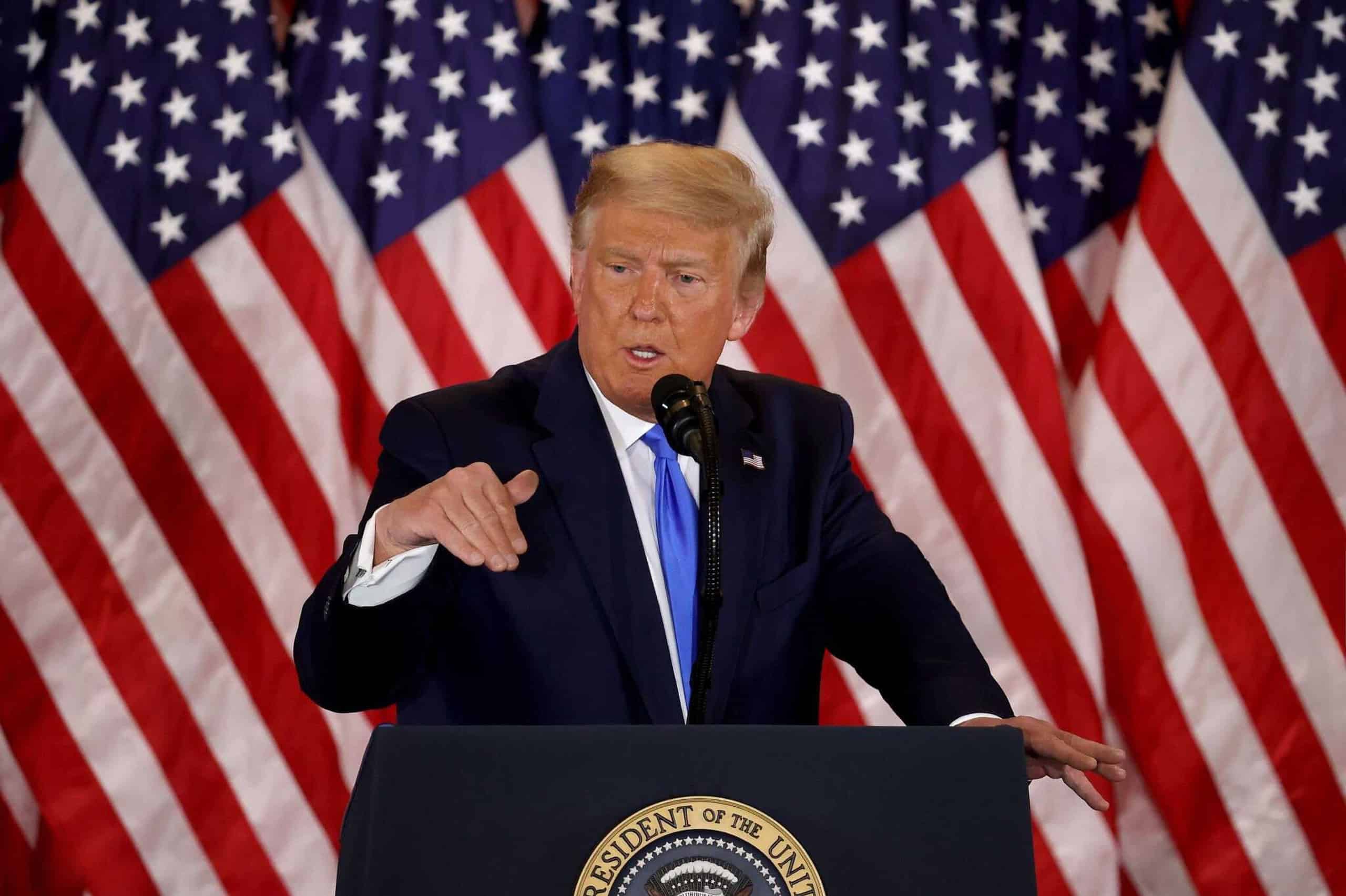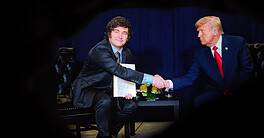The executive order to create America’s first sovereign wealth fund has sparked debate over its governance, transparency, and potential impact on global markets.
US President Donald Trump announced last week the creation of the first American sovereign wealth fund. He had pledged during his campaign to pursue such a policy, but this time, he formalized it with an executive order directing a plan for the fund to be developed within 90 days.
The news about the emerging US Sovereign Wealth Fund should not surprise those who follow trends in sovereign finance. Various developed countries, such as the United Kingdom and France, have explored or executed the idea of a new sovereign fund—despite fiscal challenges—to promote industrial policies, protect national champions from foreign takeovers, or advancing technology-advanced but vulnerable sectors.
The US government’s initiative is also driven by the recognition that federal assets are underutilized, creating an opportunity to “monetize the asset side of the US balance sheet for the American people,” according to the US Treasury Secretary Scott Bessent.
“America is locked out of the US dynamic capital markets and returns because we are not a player,” argues Chris Campbell, former assistant secretary of the US Treasury for Financial Institutions during Trump’s first term, “and the burden is on the taxpayer to fund the government.”
The Trump Administration has not provided specifics on the fund’s risk profile, asset allocation, governance structure, transparency, or reporting requirements—key factors that typically define a sovereign wealth fund. The news immediately raised skepticism among financial commentators, some of whom view the new initiative as a way to allocate part of the Treasury’s general budget to a discretionary fund controlled by a select group of insiders. Similar structures have, in other countries, led to corruption and inefficient investments—as seen in Malaysia and Libya. Whether the details of the new fund will support these concerns remains to be seen.
In any case, Congress must approve the fund’s creation—an uphill battle, given longstanding resistance to privatizing federal assets and services, according to Campbell.
While certain US states have their own sovereign wealth funds—such as the Alaska Permanent Fund, which is financed by the state’s income from natural resources—the United States lacks a national fund at the federal level. Establishing such a fund could position the US as a major player in the international sovereign wealth community—an intriguing shift at a time when Trump’s ‘America First’ agenda has led the country to withdraw from many global organizations and forums.
One such forum is the International Forum on Sovereign Wealth Funds (IFSWF), which operates under the International Monetary Fund umbrella. According to its mandate, the IFSWF aims to strengthen the sovereign wealth fund community through dialogue, research, and self-assessment. This unique forum brings together funds from different countries, both developing and developed economies, with distinctively different transparency and asset-allocation strategies. Yet, considering the new commercial focus of the US Administration, US participation through state and federal funds can support global markets and promote US leadership. A fund’s affiliation with the Federal Reserve will strengthen US participation in such a forum.
In fact, the announcement alone has already triggered broader debate about how the United States can leverage its resources and financial infrastructure for strategic investments—both domestically and internationally. The discussion could help cultivate the investment expertise within the US government, develop a pipeline of institutional investing talent, and position commercial investments as tools for national security and diplomacy.




